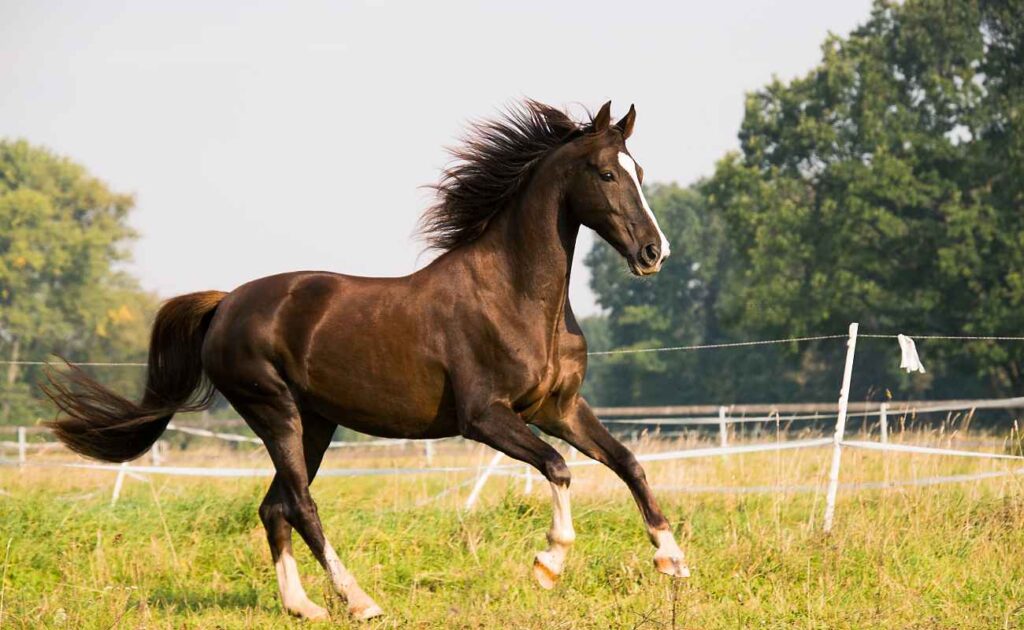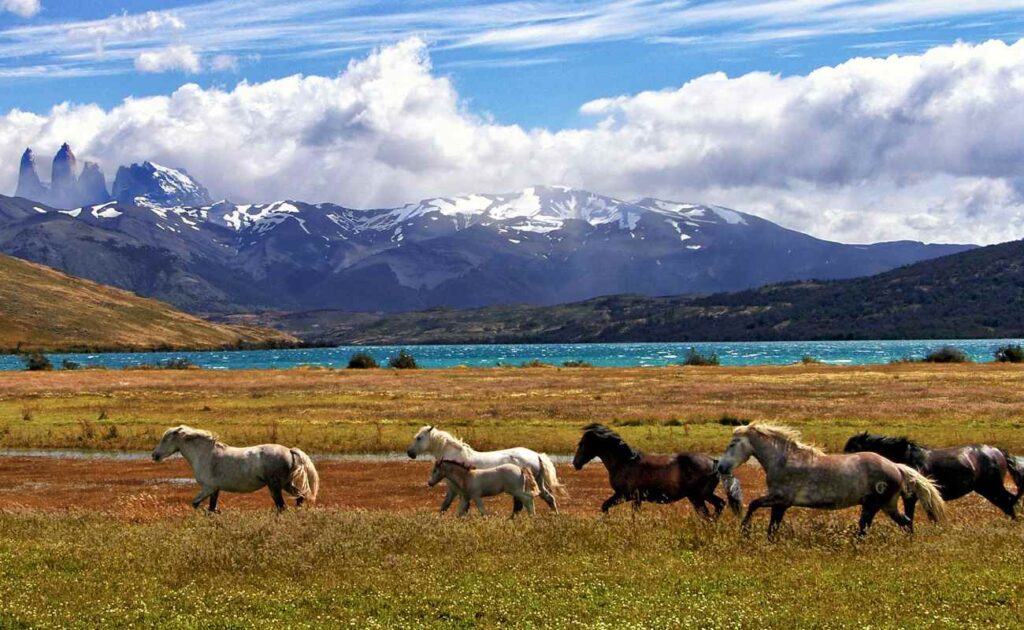Horses are renowned for their endurance and ability to cover significant distances over various terrains. Whether for historical journeys, trail riding, or endurance racing, understanding how far can a horse travel in a day is essential for both horse owners and enthusiasts. Several factors influence a horse’s daily travel capacity, and this article will explore them in detail to help you plan long-distance rides effectively.
Average Distance a Horse Can Travel in a Day

Walk, Trot, and Gallop
The distance a horse can travel in a day varies depending on its gait. On a walk, a horse can cover approximately 20 to 30 miles (32 to 48 kilometers) in a day. This pace is sustainable for long periods, making it ideal for lengthy journeys. At a trot, a horse can travel around 30 to 40 miles (48 to 64 kilometers) in a day. Trot is faster than a walk but still allows the horse to conserve energy. Galloping is the fastest gait, but it is not sustainable for long periods. At a gallop, a horse may cover around 10 to 15 miles (16 to 24 kilometers) before needing significant rest.
Historical and Modern Context
Historically, horses were used for long-distance travel and communication, such as in the Pony Express, where horses would travel up to 75 to 100 miles (120 to 160 kilometers) in a day with multiple riders and frequent horse changes. In modern times, endurance riding competitions showcase the ability of horses to travel significant distances, often ranging from 50 to 100 miles (80 to 160 kilometers) in a day, depending on the event and conditions.
Factors Affecting a Horse’s Travel Distance

Breed and Type of Horse
The breed and type of horse play a crucial role in determining how far it can travel in a day. Different breeds of these animals possess varying levels of endurance, speed, and stamina. For instance, Arabian horses are well-known for their endurance and ability to travel long distances, often used in endurance riding competitions. Mustangs, with their wild ancestry, are also known for their resilience and stamina. On the other hand, draft horses, bred for strength rather than speed, may not cover as much ground in a day.
Terrain and Environment
The terrain and environment significantly impact a horse’s travel distance. Horses can cover more ground on flat, even terrain compared to hilly or mountainous areas. Soft, sandy, or muddy ground can also slow a horse down, requiring more effort to move. Additionally, weather conditions such as extreme heat, cold, or humidity can affect a horse’s endurance. Horses tend to tire more quickly in harsh weather, reducing their overall travel distance.
Horse’s Condition and Training
A horse’s fitness level and training are critical factors in its ability to travel long distances. Horses that are regularly trained for endurance can travel farther in a day than those that are not conditioned for long rides. Proper conditioning involves gradually increasing the distance and difficulty of rides, allowing the horse to build stamina and strength. A well-conditioned horse is less likely to suffer from fatigue or injury during long-distance travel.
Rider’s Experience and Care
The rider’s experience and ability to manage the horse also influence how far the horse can travel in a day. Experienced riders know how to pace the horse, allowing for a steady and sustainable speed that conserves the horse’s energy. Regular breaks for rest, hydration, and feeding are essential to prevent exhaustion and maintain the horse’s stamina throughout the journey. Proper care during and after the ride ensures the horse remains healthy and capable of future long-distance travel.
Maximum Distance Under Optimal Conditions

Pushed to the Limit
Under optimal conditions and with careful management, some horses have been recorded to travel extreme distances in a single day. However, pushing a horse to its limits comes with risks, including dehydration, exhaustion, and injury. For example, in endurance races, horses may cover up to 100 miles (160 kilometers) in a day, but this requires meticulous planning, conditioning, and care.
Sustainable Travel
While it’s possible for a horse to travel great distances in a day, sustainable travel should prioritize the horse’s well-being. On average, a well-conditioned horse can comfortably travel 20 to 30 miles (32 to 48 kilometers) a day without significant risk of harm. This distance allows for regular rest breaks, hydration, and feeding, ensuring the horse remains healthy and capable of continuing the journey over multiple days.
Practical Tips for Long-Distance Horse Travel

Pre-Travel Preparations
Before embarking on a long-distance journey, it’s essential to prepare both the horse and the rider. Ensure your horse is properly conditioned and trained for the distance you plan to cover. Pack necessary gear, including a well-fitted saddle, bridle, and appropriate clothing for the weather. Plan your route, taking into account the terrain, available water sources, and potential rest stops.
During the Journey
During the journey, monitor your horse’s health closely. Pay attention to signs of fatigue, dehydration, or discomfort. Maintain a steady pace, and avoid pushing the horse too hard, especially in challenging terrain or extreme weather conditions. Regular breaks are crucial for rest, hydration, and feeding. Provide your horse with enough water and electrolytes to prevent dehydration.
Post-Travel Care
After the journey, give your horse the care it needs to recover. Cool down the horse gradually by walking it for a few minutes after the ride. Provide fresh water and allow the horse to rest. Check for any signs of injury or soreness, and address any issues promptly. Proper post-travel care ensures your horse remains healthy and ready for future rides.
Conclusion
How Far Can a Horse Travel in a Day
Understanding how far a horse can travel in a day is essential for anyone planning long-distance rides or endurance events. While various factors influence a horse’s daily travel capacity, careful planning, proper conditioning, and attentive care can help maximize the distance covered without compromising the horse’s well-being. Whether you’re exploring trails, participating in endurance competitions, or simply enjoying a long ride, always prioritize your horse’s health and comfort for a successful journey.






GIPHY App Key not set. Please check settings